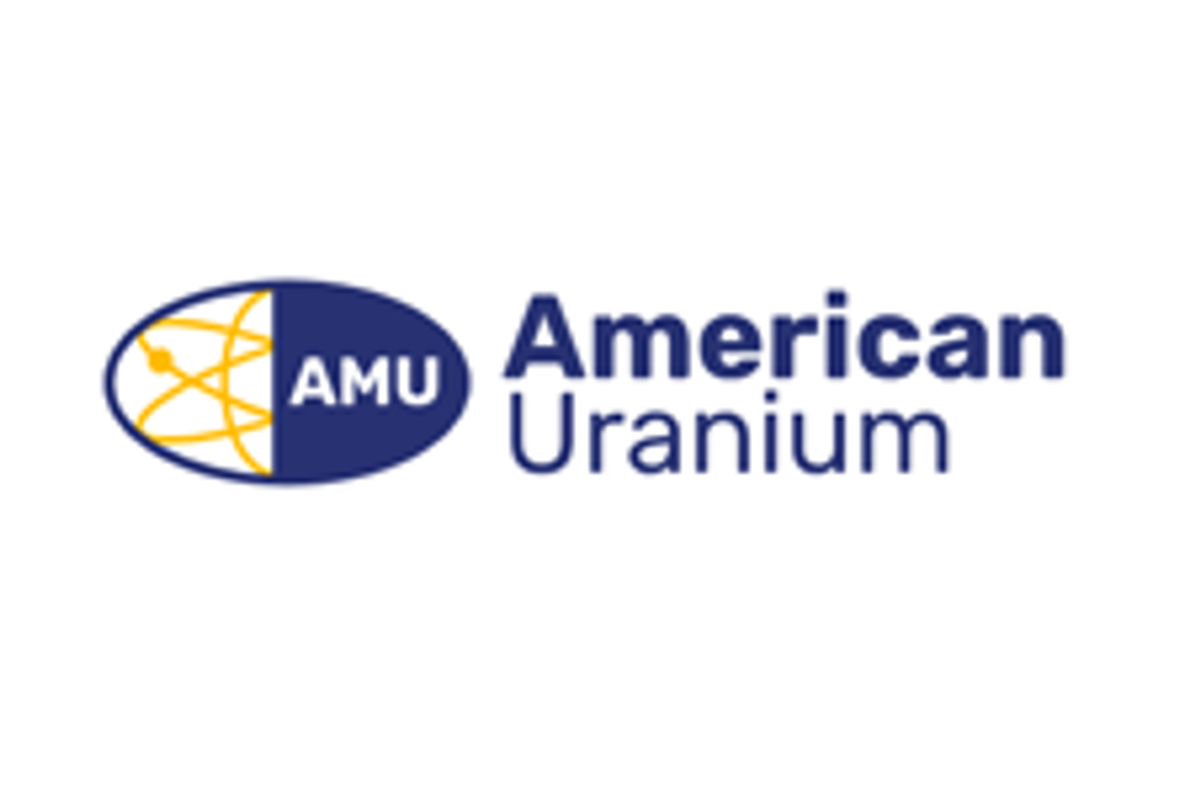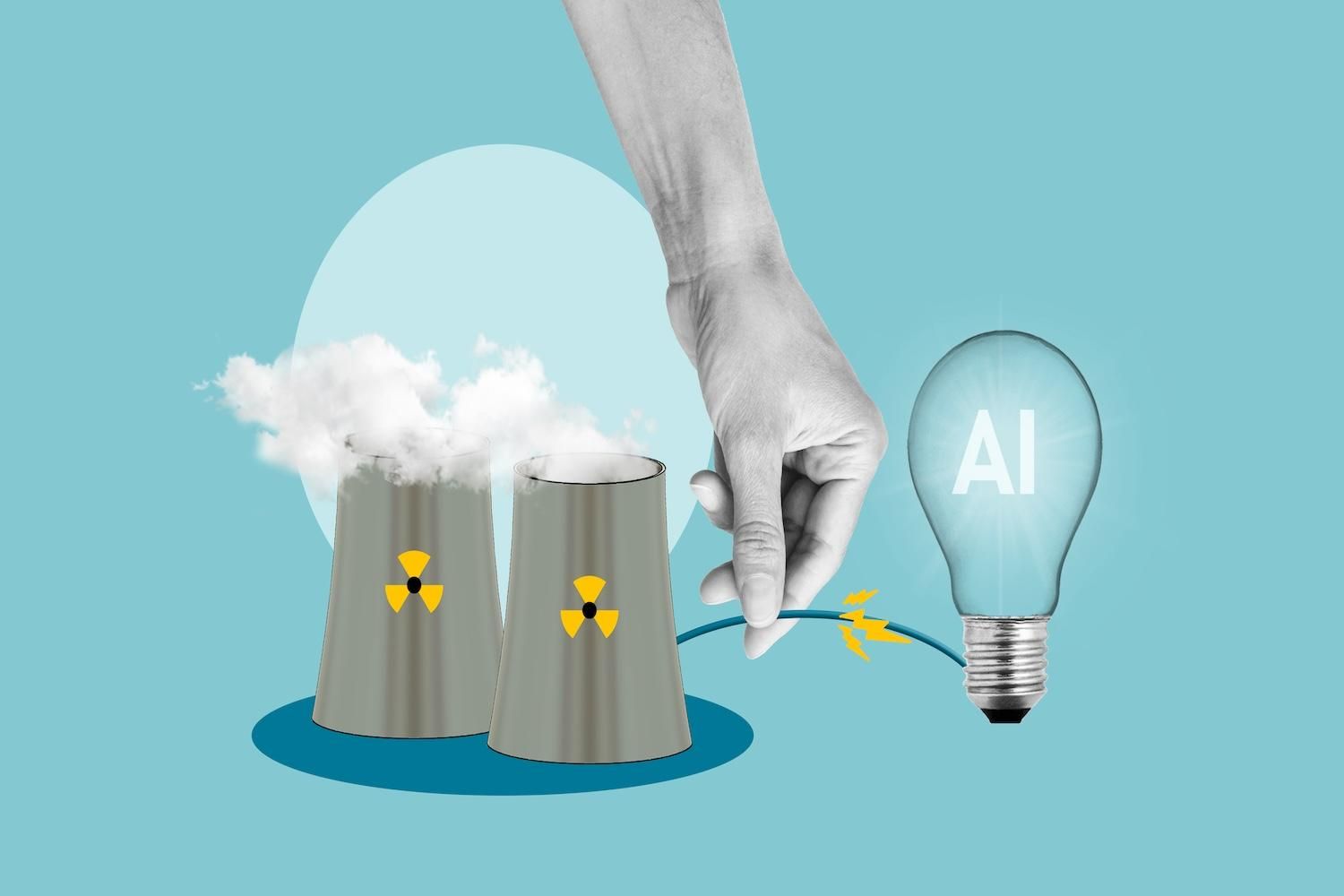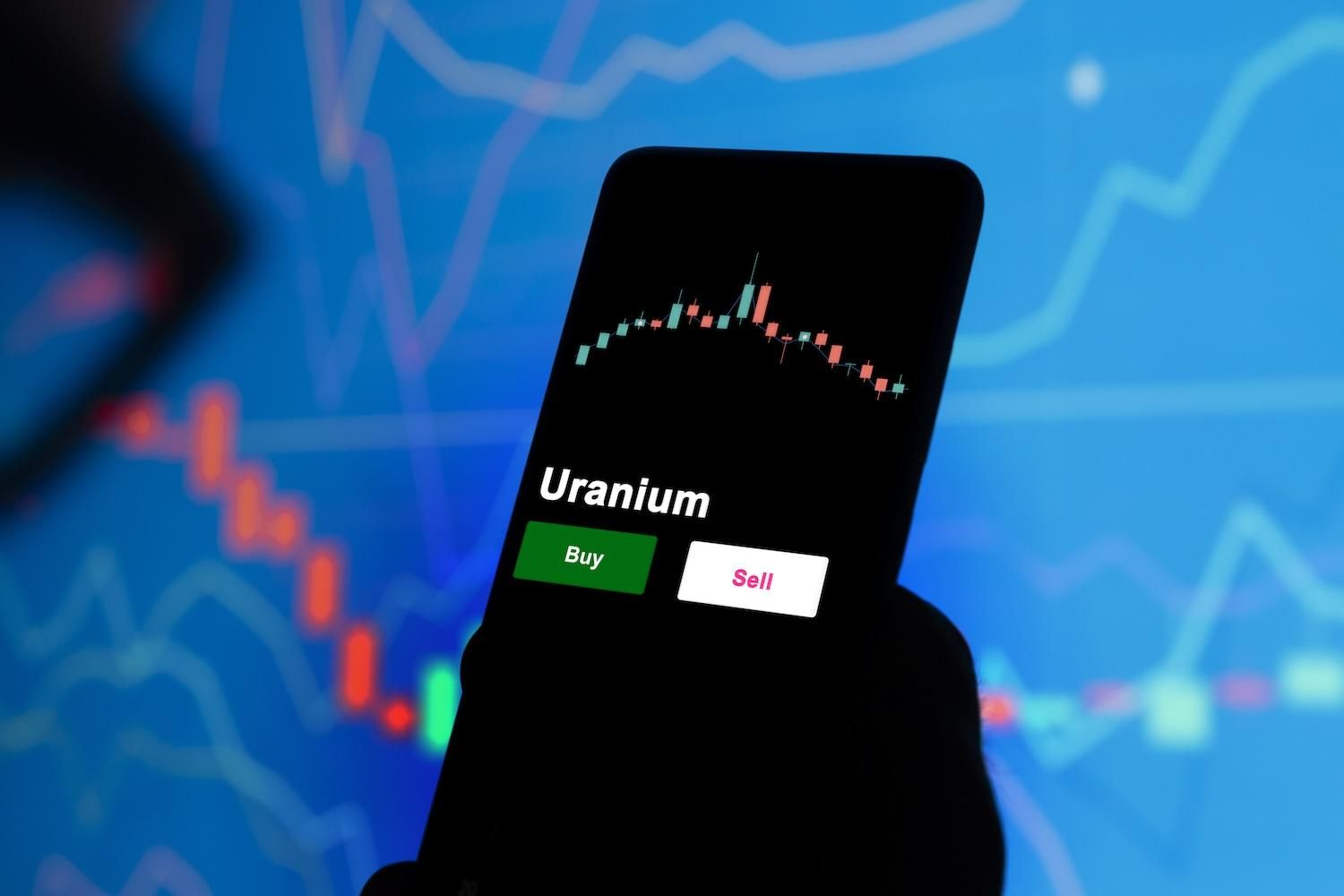
February 26, 2024
Pilot Plant to unlock further value at Wiluna by testing potential ore from Lake Maitland, Lake Way and Centipede-Millipede Deposits
Toro Energy Limited (ASX: TOE) (‘the Company’ or ‘Toro’) is pleased to announce that the Company is advancing the design phase of its beneficiation and hydrometallurgical pilot plant in line with plans to begin its operation in the second half of 2024.
- Design phase for the pilot plant commissioned by Toro continues on-track.
- Pilot plant will test the improved beneficiation and hydrometallurgical circuit developed by Toro over recent years from bench scale research at a closer to production scale and as single streams.
- Pilot plant will test potential ore from the three uranium-vanadium deposits that Toro believes will make up an extended Lake Maitland operation – these include Lake Maitland, Lake Way and Centipede-Millipede.
- The pilot plant will be equipped to take at least 20 dry tonnes of potential ore through two campaigns of testing the beneficiation circuit and two campaigns of testing the hydrometallurgical circuit.
- Toro will proceed to planning the drilling required to collect the bulk ore (potential) samples ready for piloting early in the second half of 2024.
- Refresh and update of Lake Maitland Scoping Study (first completed in 2022) currently underway to evaluate financial outcomes using the latest more favourable commodity pricing and exchange rate guidance.
Management Commentary
Commenting on the update Toro’s Executive Chairman, Richard Homsany, said:
“As Toro continues to advance the Wiluna Uranium Project towards production, the potential value of the Project, amidst the backdrop of a strengthening global uranium market, keeps growing. The Wiluna Uranium Project is an asset of global significance. Toro remains committed to developing the asset so that it can be brought into production when government policy and uranium markets align. The pilot plant is an important step towards further demonstrating the potential scale and value of this asset, and developing it to production.”
The pilot plant will test the entirety of the successful bench scale research completed by Toro do date at a closer to production scale. The pilot plant will also test all of the components of the newly proposed processing circuit that were tested successfully on an individual basis, within a production flow stream for the first time.
Importantly, the pilot plant will be designed to go beyond the Lake Maitland stand-alone operation and assume an extended mining operation to the Lake Way and Centipede-Millipede deposits (see Figure 1). So, in addition to potential bulk ore from Lake Maitland, the plant will be testing the new processing technique on potential bulk ore from Centipede-Millipede as well as Lake Way. The pilot plant will be equipped to take at least 20 dry tonnes of potential ore through two campaigns of testing, both on the proposed beneficiation circuit and the proposed hydrometallurgical circuit. The plant will be constructed, commissioned and operated at Strategic Metallurgy’s facility in Perth. A block flow diagram of the proposed pilot plant is presented in Figure 2.
Toro will proceed to plan the drilling required to collect the bulk ore (potential) samples ready for piloting early in the second half of 2024, after design and construction of the plant.
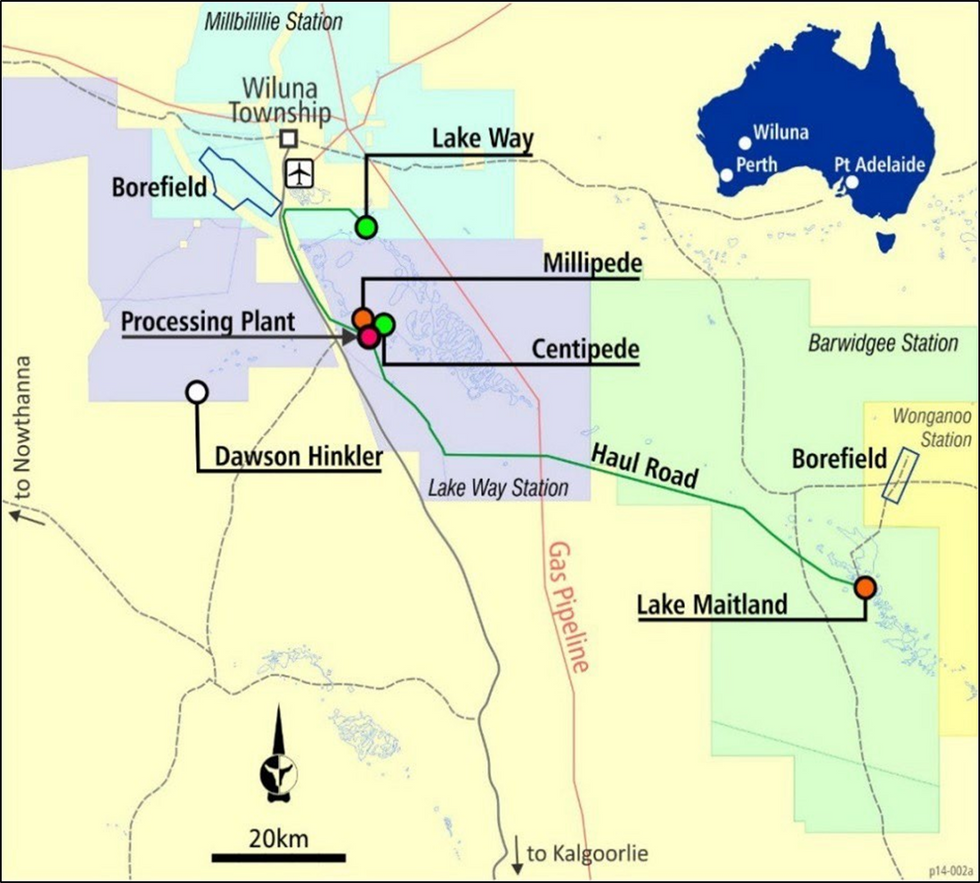
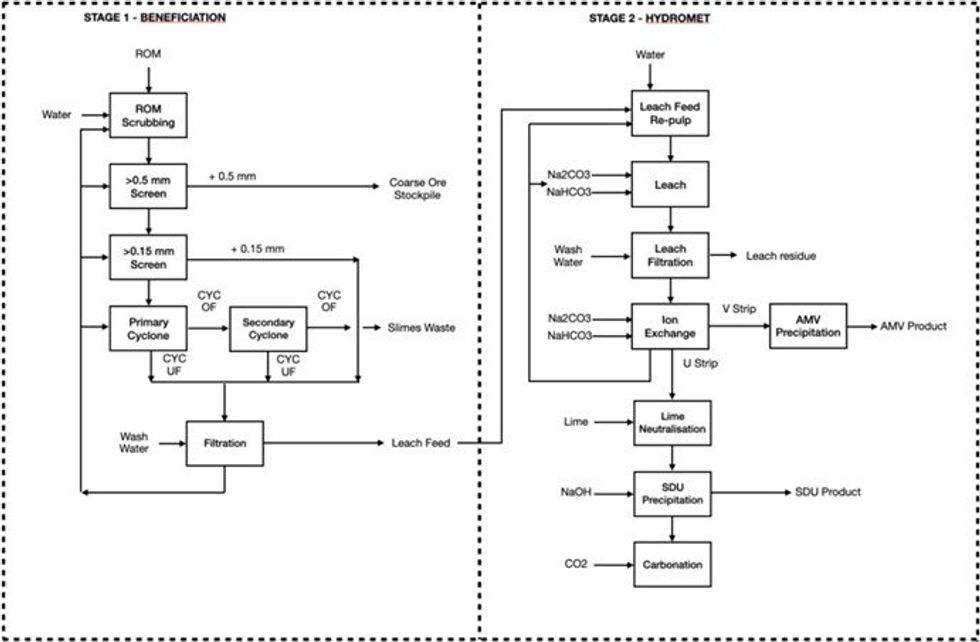
Wiluna Project Summary
Toro’s 100%-owned Wiluna Uranium Project is located near Wiluna on the Goldfields Highway, some 750km NE of Perth in Western Australia. The Wiluna Uranium Project consists of the Lake Maitland, Lake Way, and Centipede- Millipede deposits (see Figure 1).
Together, these deposits of the Wiluna Uranium Project contain some 52 Mt grading 548ppm U3O8 for 62.7 Mlbs of contained U3O8 at a 200ppm U3O8 cut-off (JORC 2012 – refer to ASX announcements of 15 October 2015, 1 February 2016, 21 October 2019 and 30 November 2021).
This is in addition to the vanadium resource of 96.3Mt grading 322ppm V2O5 for 68.3Mlbs of contained V2O5 at a 200ppm V2O5 cut-off as referred to above (JORC2012 – Inferred – refer to the Company’s ASX announcement of 21 October 2019).
This article includes content from Toro Energy, licensed for the purpose of publishing on Investing News Australia. This article does not constitute financial product advice. It is your responsibility to perform proper due diligence before acting upon any information provided here. Please refer to our full disclaimer here.
TOE:AU
The Conversation (0)
12 October
IsoEnergy to Acquire Toro Energy
Toro Energy (TOE:AU) has announced IsoEnergy to Acquire Toro EnergyDownload the PDF here. Keep Reading...
12 October
Joint Investor Presentation
Toro Energy (TOE:AU) has announced Joint Investor PresentationDownload the PDF here. Keep Reading...
12 October
IsoEnergy to Acquire Toro Energy, Strengthening a Top-Tier Uranium Portfolio in a Rising Market
PERTH, Australia - Oct. 13, 2025 - IsoEnergy Ltd. ("IsoEnergy") (NYSE American: ISOU) (TSX: ISO) and Toro Energy Ltd. ("Toro") (ASX: TOE,OTC:TOEYF) are pleased to announce that they have entered into a scheme implementation deed (the " SID ") pursuant to which, among other things, IsoEnergy has... Keep Reading...
31 July
Quarterly Activities and Cashflow Report June 2025
Toro Energy (TOE:AU) has announced Quarterly Activities and Cashflow Report June 2025Download the PDF here. Keep Reading...
27 May
Updated Scoping Study Results Lake Maitland Uranium Project
Toro Energy (TOE:AU) has announced Updated Scoping Study Results Lake Maitland Uranium ProjectDownload the PDF here. Keep Reading...
11 December
Uranium Price Forecast: Top Trends for Uranium in 2026
2026 is poised to be transformative for uranium as tightening supply converges with robust demand from new reactor builds and life extensions, plus data center construction and a broader shift to clean energy. Despite these tailwinds, the U3O8 spot price remained muted for most of 2025, locked... Keep Reading...
09 December
Uranium Price 2025 Year-End Review
After 2024’s rapid rise, the U3O8 spot price remained more constrained through 2025, fluctuating between a relatively short range of US$63.17 (March 13) and US$83.33 (September 25) per pound. Entering the year, the price was sitting at US$74.56 before economic and geopolitical uncertainty pushed... Keep Reading...
08 December
American Uranium Eyes Resource, Scoping Study Update in 2026
American Uranium (ASX:AMU) is advancing drilling at its Lo Herma project in Wyoming, with work continuing into the winter season, according to Executive Director Bruce Lane in an interview with the Investing News Network. The company is currently awaiting results from recent hydrogeological... Keep Reading...
04 December
China’s Sole Uranium Miner Soars in Market Debut
China National Uranium (SZSE:001280) more than tripled in value during its first day of trading in Shenzhen, raising about 4 billion yuan (US$570 million) in its Wednesday (December 3) debut.According to an exchange filing cited by Bloomberg, the state-backed miner priced 248 million shares at... Keep Reading...
02 December
Niger Moves to Sell Uranium from Orano's Seized SOMAÏR Mine
Niger’s military government announced on Sunday (November 30) that it intends to put uranium produced by the SOMAÏR mine on the international market.General Abdourahamane Tiani, head of the junta, told state television that “Niger's legitimate right to dispose of its natural riches to sell them... Keep Reading...
Latest News
Latest Press Releases
Related News
TOP STOCKS
American Battery4.030.24
Aion Therapeutic0.10-0.01
Cybin Corp2.140.00

